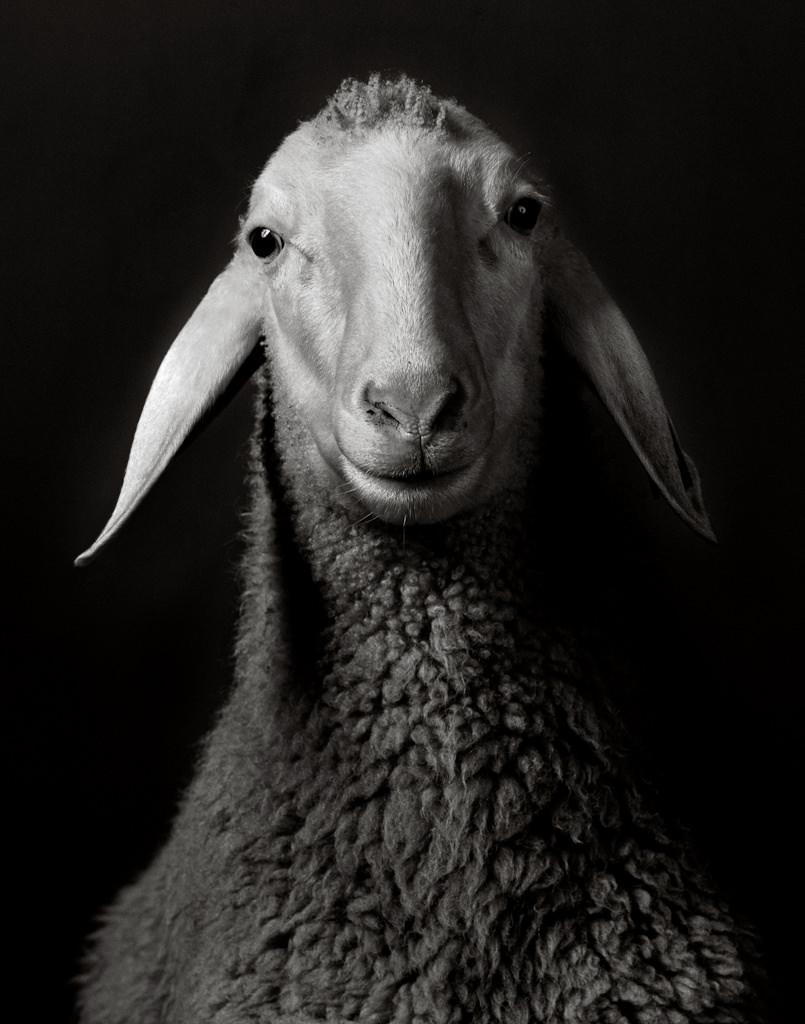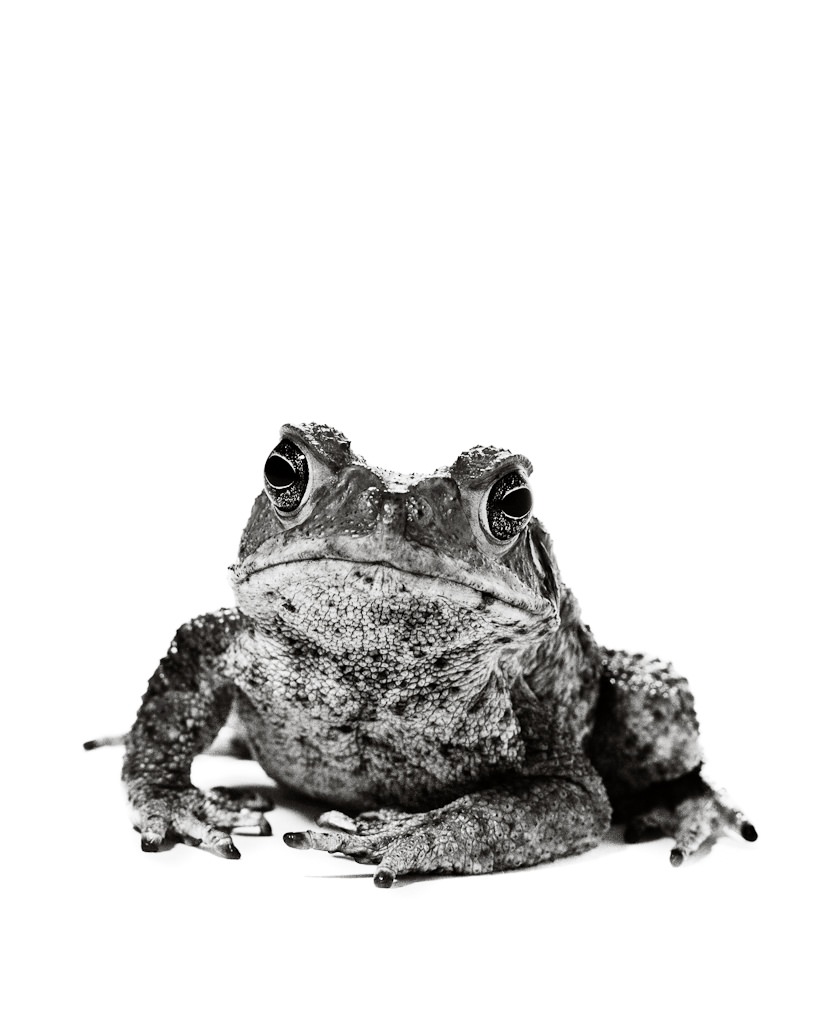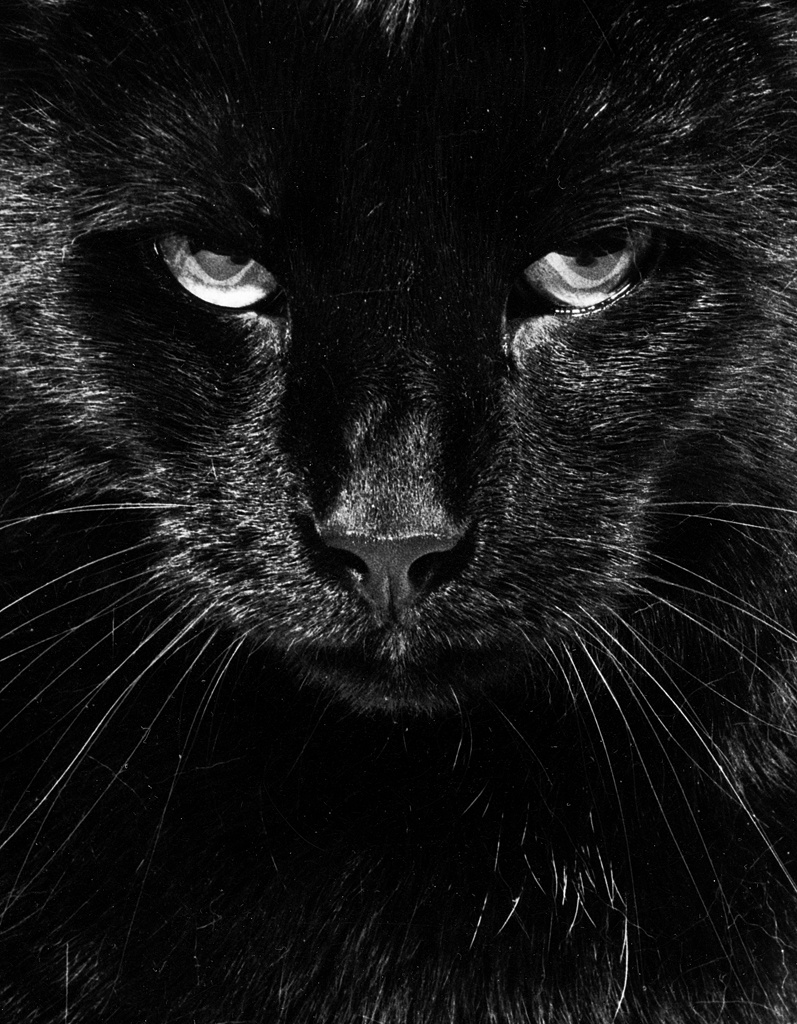Companions
Our two cats Miezi and Molli were my childhood companions. Miezi had a lustrous coat, with stripes like a tiger. Molly was plump, had a grey coat, and liked being petted. These cats were not there to play, however, but to catch mice. I lived with my parents and five older siblings on the outskirts of the city, surrounded by a large garden and fruit trees. Besides Miezi and Molli, we had a GErman shepherd, two pigs, chickens, a few rabbits, and sometimes two geese. As a child, I was closer to our animals than to the adults, whose world I experienced as hostile and authoritarian. Whenever a pig was slaughtered, I felt I had lost a friend.
This close relationship to animals during my childhood was probably what motivated me later on to make portrait photos of animals. At first, I used human portraits as models for my work with animals, but that soon changed. For my portraits of people, I wanted "animal-like" faces without poses and superfluous smiles, without the implied question: "How do I look?"
Animals do not recognize their mirror images and presumably do not worry about their appearance. I found this attitude of self-acceptance most often in the very old – and in babies, who are completely unaware of what they look like. Yet people and animals are related and animals want to be loved as well. Their well-developed instinct enables them to determine very quickly whether they are liked or not. Dogs, cats, and many other animals are not the least bit shy about displaying their feelings. Perhaps that is why we sometimes think we recognize a carefully hidden part of our own inner selves in an animal's expression.
Walter Schels, epilogue for "Animal Portraits", Edition Stemmle, 2001


















